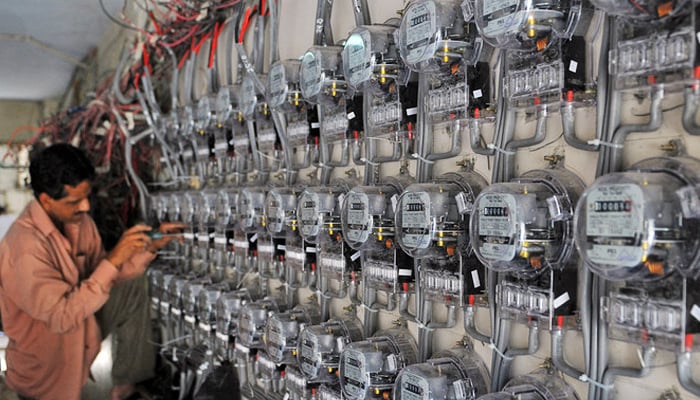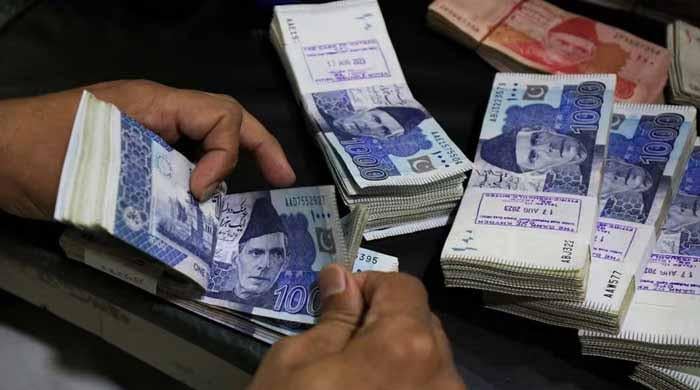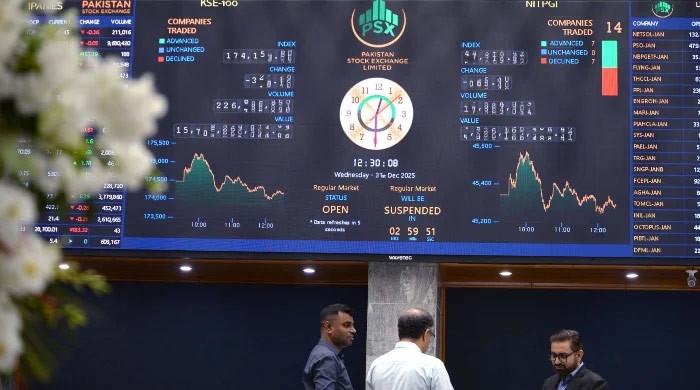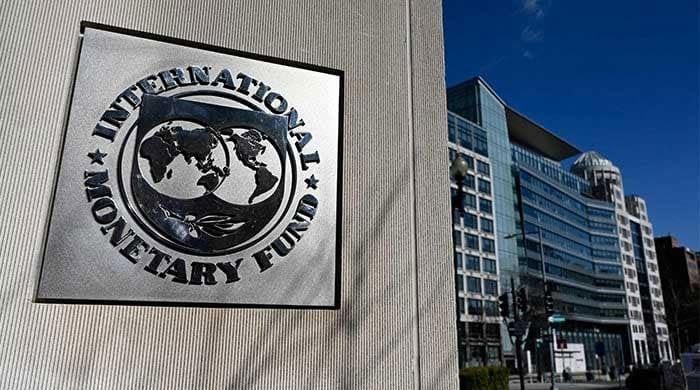Tax collection via electricity bills falls to Rs490bn in FY25
Top official sources confirm FBR’s tax collection through electricity bills declined in last fiscal year
July 06, 2025

- Salaried class individuals paid Rs552bn in FY25, FBR data shows.
- Share of household sector rises to 49.6% during July-March FY25.
- This increase indicates relative expansion in residential demand.
ISLAMABAD: The government has collected Rs490 billion through electricity bills in the shape of Withholding Tax (WHT) and General Sales Tax (GST) from consumers in the fiscal year 2024-25, compared to Rs600 billion collected in the same period of the preceding financial year.
The provisional data of the Federal Board of Revenue (FBR) also shows that salaried class individuals paid Rs552 billion by the latest compilation of the data in the last financial year ended on June 30, 2025 against Rs367 billion in the previous fiscal year, indicating that from this struggling class the government pocketed Rs185 billion more than it did in 2023-24.
Top official sources confirmed to The News on Saturday that the FBR's tax collection through electricity bills declined in the last fiscal year (2024-25) to Rs490 billion from both WHT and GST, compared to Rs600 billion in the preceding fiscal year (2023-24).
There is a decline of Rs110 billion in the shape of both taxes, and two of the reasons of this decrease might be the shifting of consumers towards the installation of solar on rooftops and reduced consumption by the industrial sector owing to slow or negative growth in the last financial year.
However, the Economic Survey for 2024-25 explains that during July to March FY 2025, total electricity consumption in Pakistan stood at 80,111 GWh, compared to 83,109 GWh in the corresponding period of FY 2024, reflecting a 3.6% decline in electricity usage. This contraction may be attributed to ongoing energy conservation measures, elevated power tariffs, off-grid solar solutions, and subdued industrial activity.
The household sector continued to dominate electricity consumption, with its share rising to 49.6% (39,728 GWh) during July-March FY 2025, up from 47.3% (39,286 GWh) in the same period of FY 2024.
This increase indicates a relative expansion in residential demand, possibly driven by population growth, increased use of home appliances, and stable weather-related consumption patterns.
In contrast, the Economic Survey showed that the industrial sector consumption decreased from 28,830 GWh in FY 2024 to 21,082 GWh in FY 2025.
From the real estate sector, the FBR has fetched Rs235 billion from the transactions under 236 C and K on the sale and purchase of the property.
The FBR has collected Rs118 billion through 236C and Rs117 billion from 236K in the last financial year against a collection of Rs90 billion through 236C and Rs104 billion from 236K in the financial year 2023-24.
From the salaried individuals, the FBR has so far collected Rs552 billion till the latest provisional figures compiled by the FBR in the last financial year.
When contacted, the FBR high-ups were of the view that the FBR collected Rs5.8 trillion in the form of direct taxes in the last fiscal year, out of which the major chunk was paid out by the corporate sector.
The banking sector, they said, paid out Rs1 to Rs1.5 trillion as Income Tax and Withholding Tax. The tax rate of the banking sector hovers around 55% and deposited almost Rs1 trillion as Income Tax in the last fiscal year.
The corporate sector had contributed almost Rs3.8 trillion to the national kitty, they said and added that the contribution of salaried individuals went up by Rs185 billion in the last financial year.
In this fiscal year 2025-26, they said that the major thrust would be on the effective enforcement otherwise the tax collection target of Rs14.131 trillion would not be achieved.
Originally published in The News









